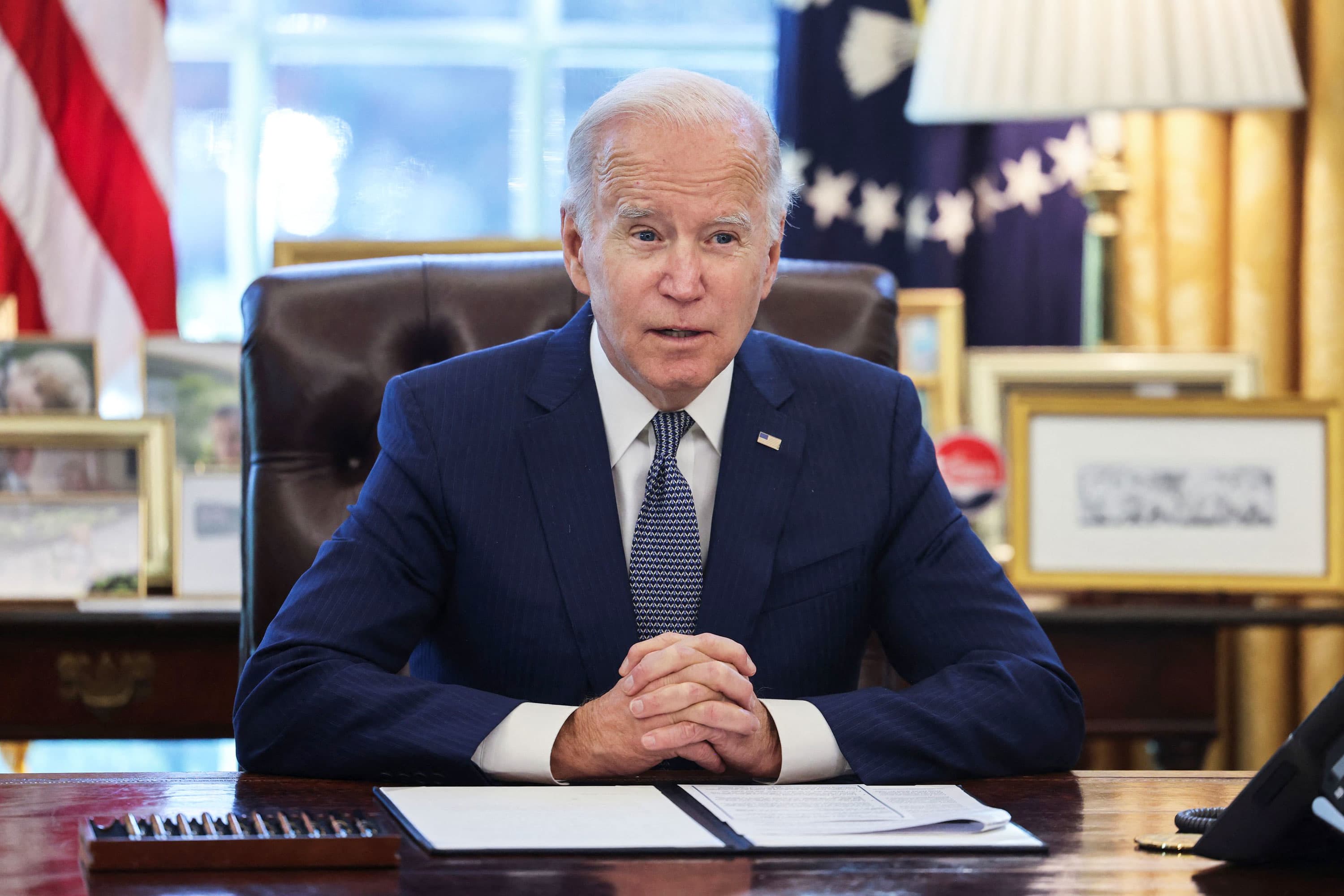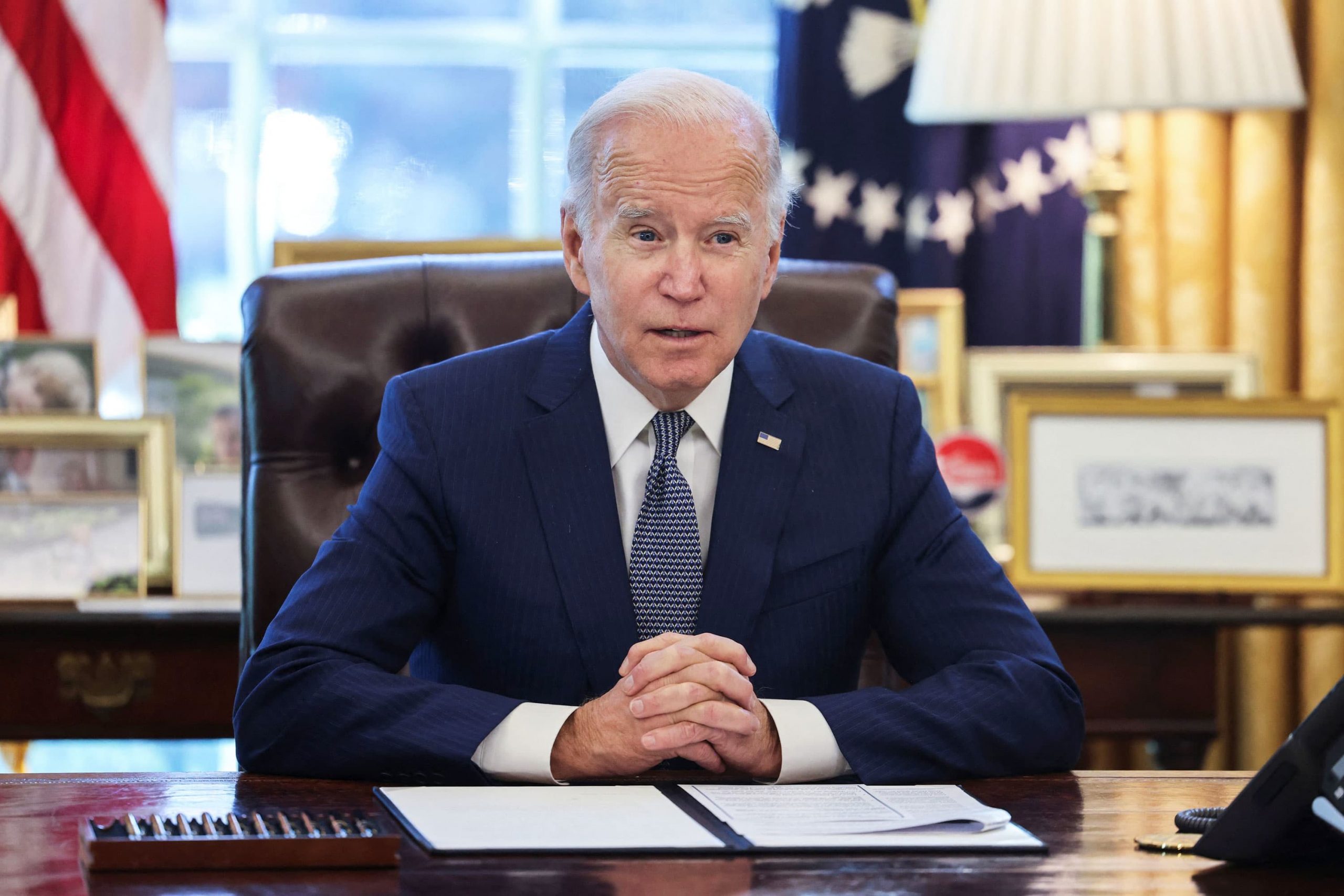
U.S. President Joe Biden speaks prior to signing an executive order intended to reduce bureaucracy around government services for the public, in the Oval Office at the White House in Washington, U.S., December 13, 2021.
Evelyn Hockstein | Reuters
President Joe Biden signed a debt ceiling increase into law Thursday, ensuring the U.S. will not default on its debt for the first time ever.
The country inched close to economic peril. Biden signed the borrowing limit hike a day after the date that the Treasury Department estimated it would run out of tools to keep paying the country’s bills.
Congress sent the legislation, which raises the debt ceiling by $2.5 trillion, to Biden early Wednesday. It is expected to allow the government to cover its obligations into 2023.
Treasury Secretary Janet Yellen warned failure to increase the borrowing limit could lead to a recession and job losses around the country.
Some Democrats wanted to increase the debt ceiling by a larger amount or scrap it altogether. Since lawmakers will have to raise the limit again in 2023, Republicans will have the chance to use it as a political cudgel to extract concessions from Democrats if they regain control of Congress in next year’s midterms.
Democrats raised the debt ceiling this week without Republican support. The GOP voted to allow Democrats to lift the borrowing limit with a simple majority vote in the Senate only once, bypassing a filibuster.
Both parties have typically voted to hike the debt ceiling. Republicans argued Democrats had a responsibility to raise this time as they pursue a $1.75 trillion social spending and climate bill without GOP support.
Increasing the borrowing limit does not authorize new government spending. Yellen has also stressed that Congress would have had to raise the ceiling this year if Democrats had passed no new legislation.
Subscribe to CNBC on YouTube.


 Signal2forex.com - Best Forex robots and signals
Signal2forex.com - Best Forex robots and signals




